Why do you sift out the fine powder and then pour it back and cook it? When is the time to add fine powder?
The editor saw a very interesting technique when he went to watch the game before. After grinding the coffee powder, he sifted out the fine powder, and then poured it back for extraction. But why sift out the fine powder and then pour it back for extraction? When would it be better to go back?
| | Fine powder |
In general, what we call fine powder is actually less than the expected thickness of grinding powder. Because the powder is finer than the normal particles, the extraction speed will be faster, so this part of the powder will be prone to over-extraction, and it may have some miscellaneous smell.
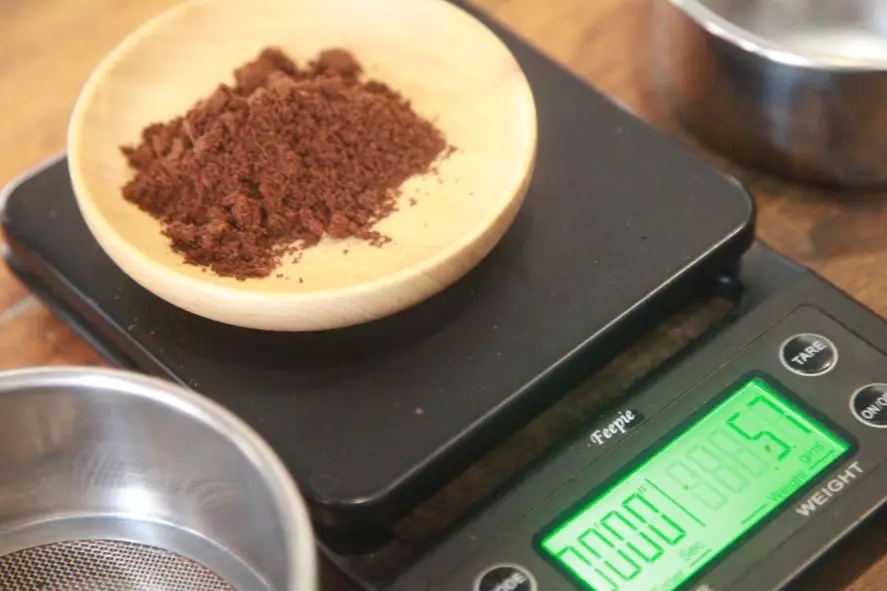
But won't the flavor of the coffee become clean if you remove the fine powder? The editor respectively washed the pot to sift out the fine powder and keep the fine powder of the coffee, to compare what will be the difference?
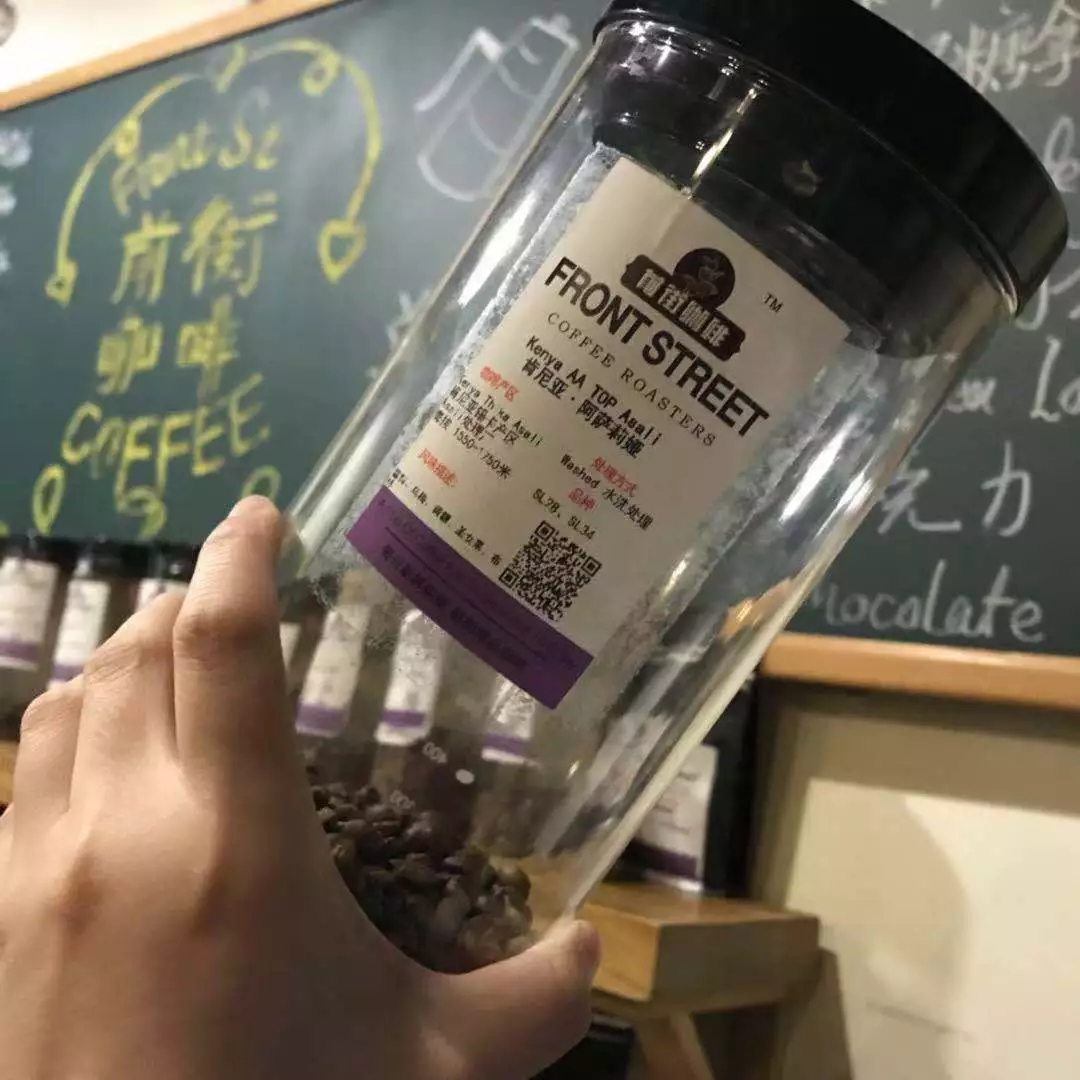
The bean editor in the experiment chose [Kenya asali] because the bean belongs to the flavor type, and the presence of fine powder will have a greater impact on the final flavor.
[Kenya Asali AA TOP exquisite 72-hour washing]
Country: Kenya
Producing area: Sika Thika
Processing plant: Asali honey processing plant
Altitude: 1550m Murray 1750m
Rating: AA TOP
Variety: sl-28,sl-34
Treatment: 72 hours washing
Baking degree: shallow baking
The parameters and techniques are basically the same to reduce the error:
Parameters: grindability BG 5R (Chinese standard No. 20 screen pass rate 58%), water temperature 90 ℃, powder / water ratio 1:15.
Technique: steam 30 grams of water for 30 seconds, slowly inject water to 120 grams for segments, water level drop is about to expose the powder bed, continue to inject water to the end of 225 grams.
[sift out fine powder]
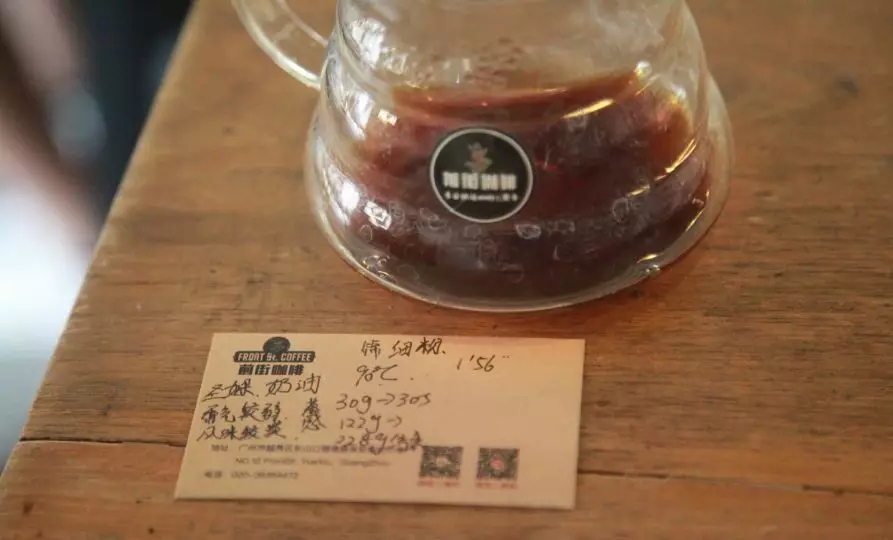
It has a sense of virgin fruit, cream and black tea. The aroma and sweet taste are weak and the flavor is relatively clean.
[keep fine powder]
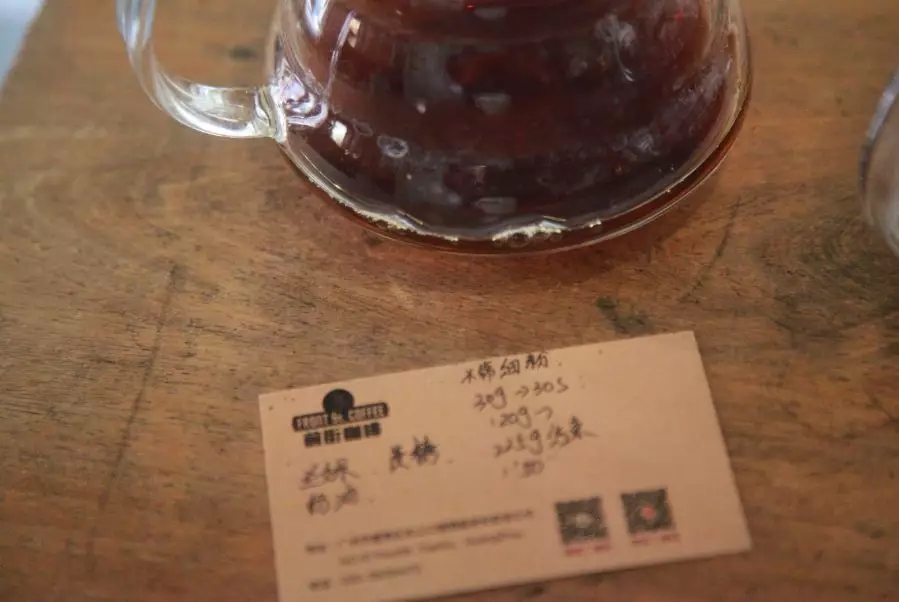
It smells of ripe tomato and a hint of flowers, with aromas of virgin fruit, black plum, cream, yellow sugar and caramel in the mouth.
After comparison, the editor feels that there is no harm in keeping the fine powder, especially for beans like Kenya, which are too clean and less hierarchical after sifting out the fine powder, and it is a bit boring to drink too much.
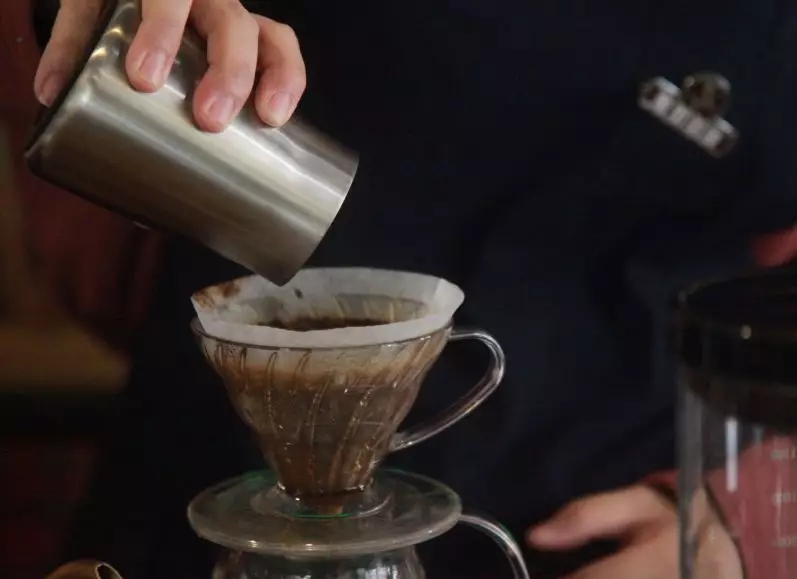
If you don't want the coffee to be too exquisite and want to get more layers, the editor thinks maybe you can try the technique we talked about at the beginning, sift out the fine powder and then pour it back for extraction. But when is it better to add fine powder and extract it again? So the editor tried to pour the fine powder into it after steaming, after the first water injection and after boiling.
The parameters are basically the same, but only the method is changed: grinding degree BG 5R (Chinese standard No. 20 sieve pass rate 58%), water temperature 90 ℃, powder / water ratio 1:15
[add fine powder after steaming]
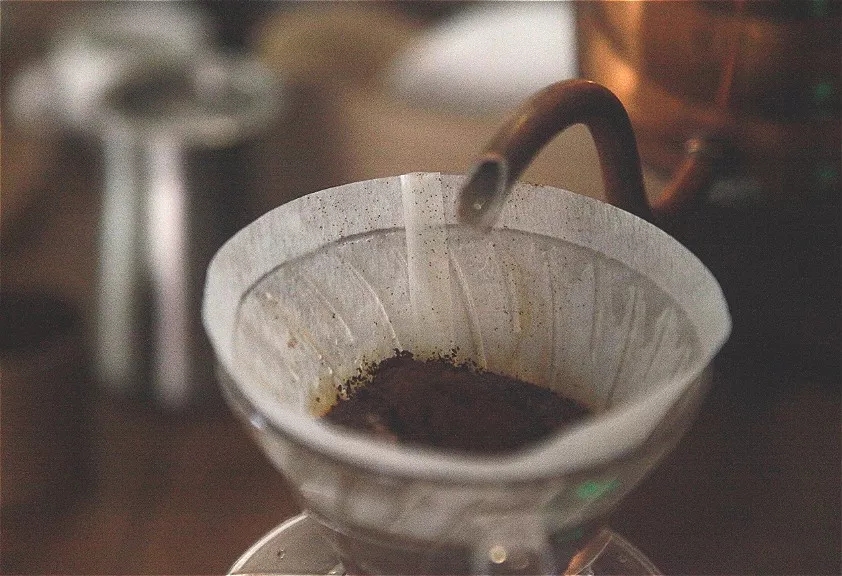
Technique: pour the coffee powder after sifting into the filter cup and flatten it, steam 28 grams for 30 seconds, pour in the fine powder in about 25 seconds, pour water to 123 grams, finish boiling until 225 grams, and extract for two minutes.
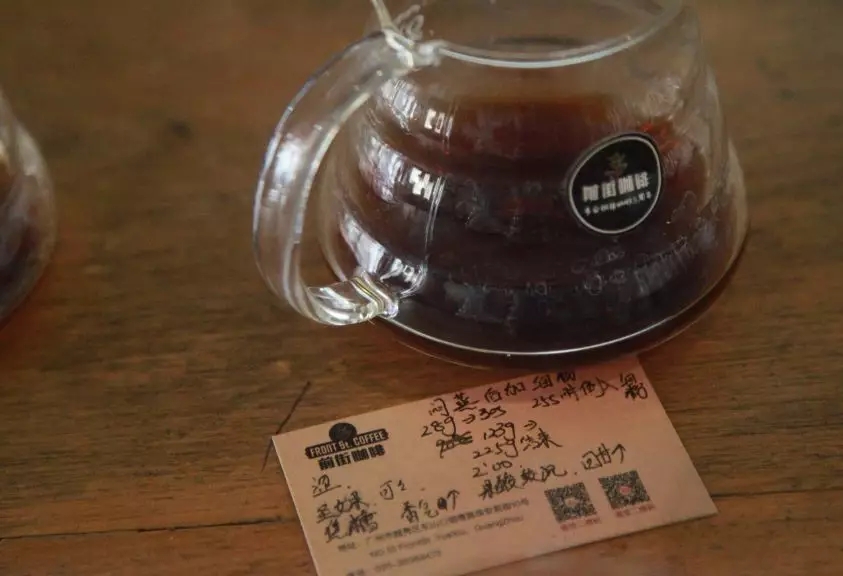
Flavor: the mouth has sour notes of virgin fruit, cocoa and caramel flavor. It has a hint of virgin fruit and flowers, as well as sucrose. But the acid will be heavier and slightly astringent.
[add fine powder after the first water injection]
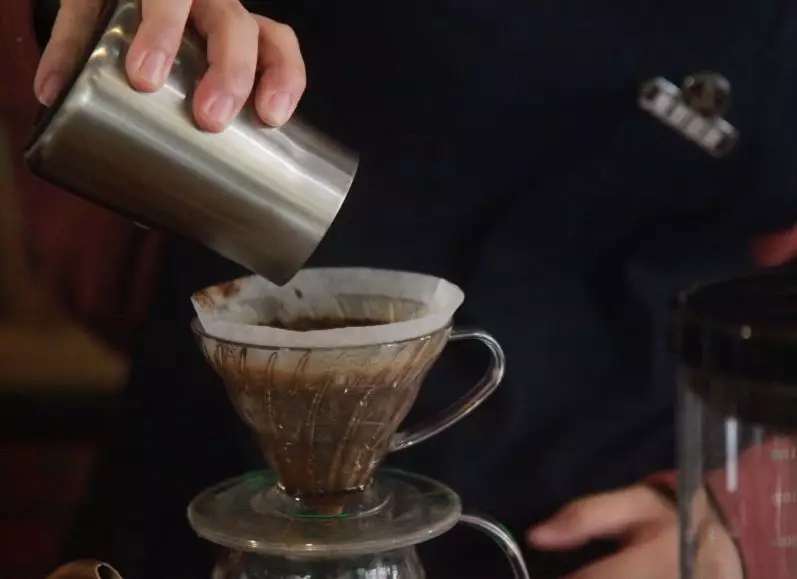
Technique: pour the coffee powder after sifting into the filter cup and flatten it, steam 28 grams for 30 seconds, pour water into 123g segments, then pour in the fine powder, continue to pour water to the end of 225g, and extract for one minute and 52 seconds.
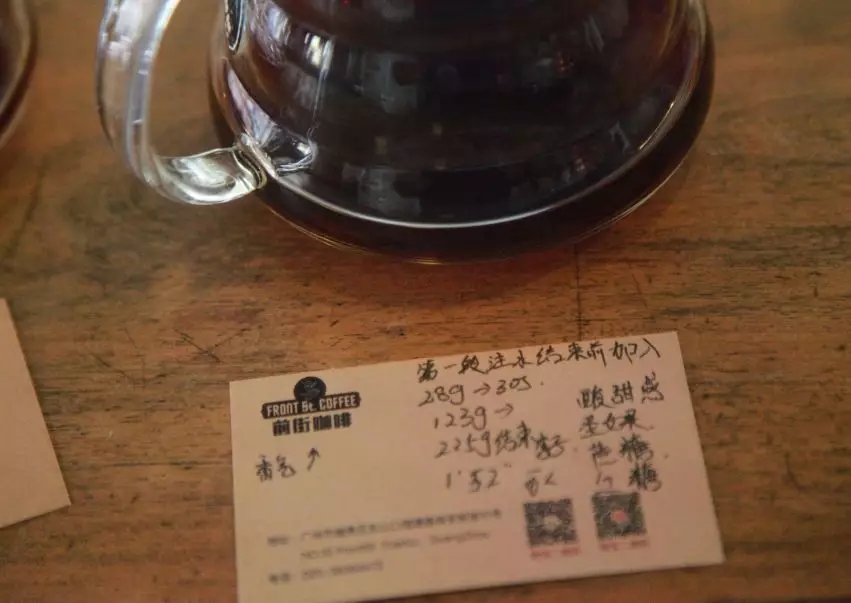
Flavor: with flavors of virgin fruit, plum, sugar, brown sugar and cocoa. The aroma is obvious, and the fruit acid is obvious but scattered.
[add fine powder after water injection in the second stage]
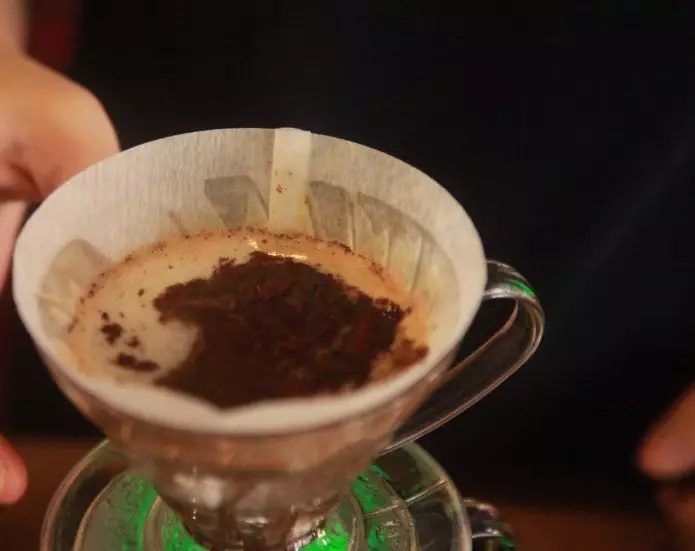
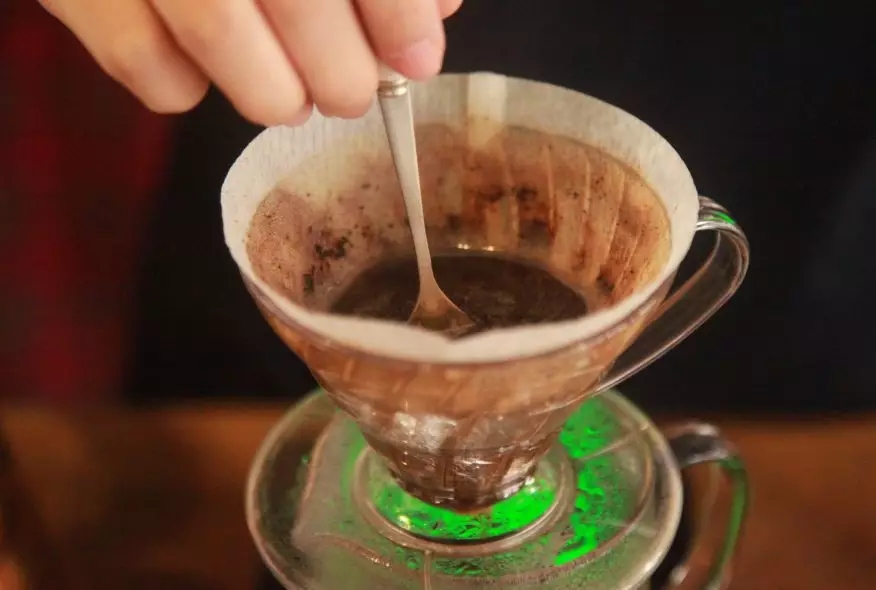
Technique: pour the coffee powder after sifting into the filter cup, steam 28 grams for 30 seconds, pour water to 125 grams, finish boiling until 225 grams, pour the fine powder back and stir. (steaming starts) extraction time is two minutes.
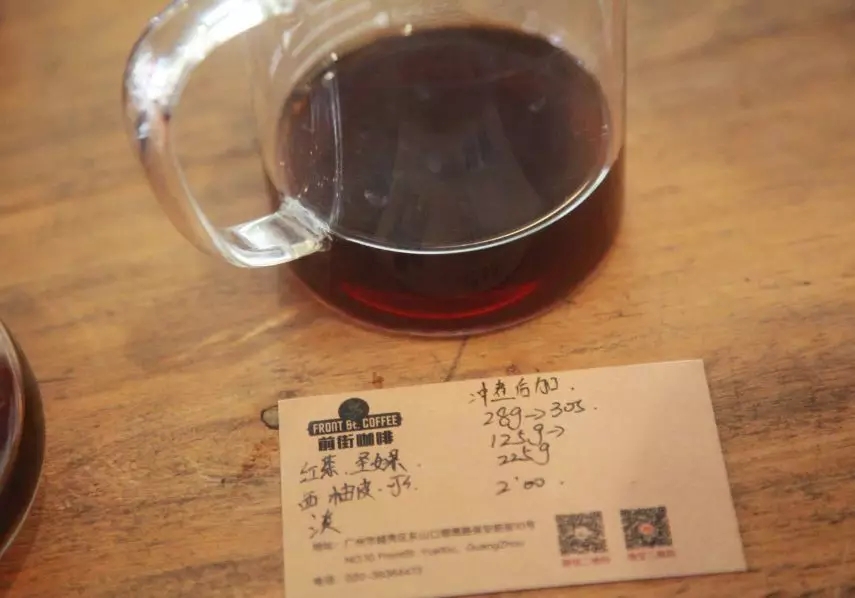
Flavor: it has the flavor of virgin fruit, grapefruit peel, cocoa and black tea, but it is relatively light as a whole, and miscellaneous flavors will appear when the temperature drops.
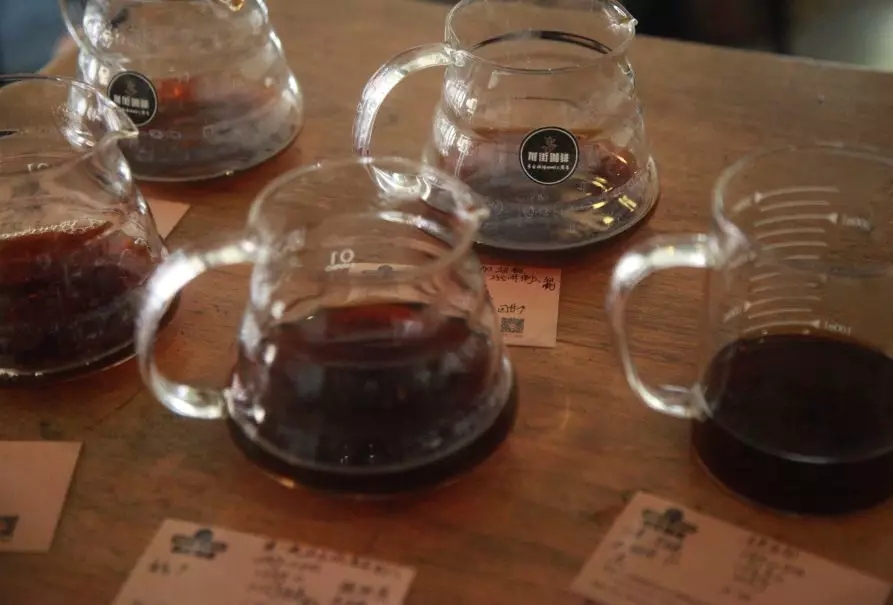
By comparison, it is found that if you add fine powder after steaming, it is easy to feel astringent, and the extraction is easy to be uneven; after [adding fine powder after the second stage of water injection], due to stirring the powder in the filter cup, it will stir the coffee powder in the filter cup which is close to the end of the extraction, so it is easy to make the coffee powder in the filter cup over-extracted and smelly.
On the other hand, the flavor produced by adding fine powder after the first stage of water injection is not bad, which is similar to the [Kenyan] flavor which is usually cooked directly without sieving the powder.
| is it necessary to add fine powder?
The editor thinks that this may have something to do with the bean grinder, because the bean grinder used by the editor is less fine powder, and the sieving powder is only less than one gram, so there is not much difference between adding fine powder and keeping fine powder.
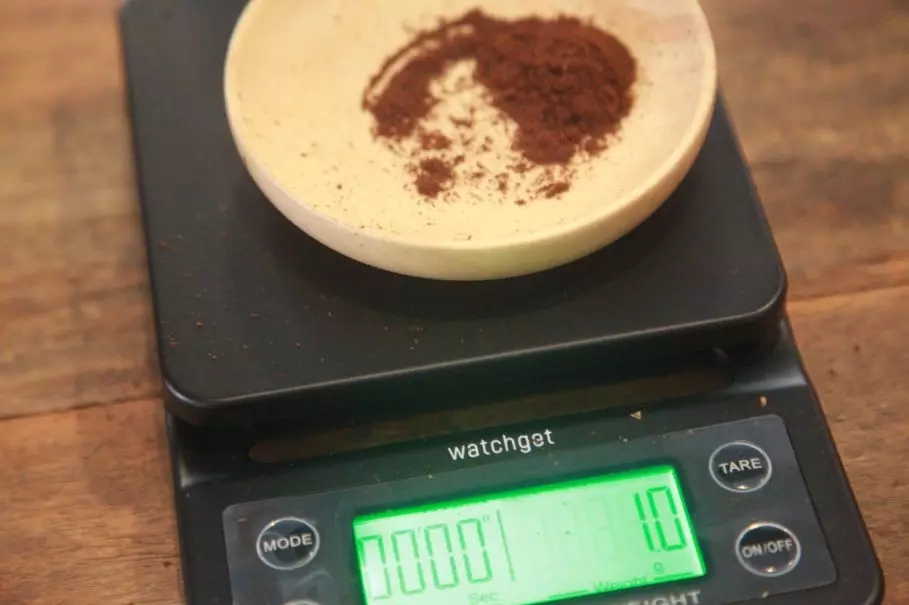
For a bean grinder with more fine powder, adding fine powder may be a good choice. After all, the fine powder is easy to be extracted quickly in a short time, and the fine powder has already been extracted before other coffee powder has been extracted in the filter cup.
However, if you sift out the fine powder and brew it, it is easy to get a cup of coffee with weak flavor, or even plain. So you can try to pour in the fine powder before the second stage of water injection.
Important Notice :
前街咖啡 FrontStreet Coffee has moved to new addredd:
FrontStreet Coffee Address: 315,Donghua East Road,GuangZhou
Tel:020 38364473
- Prev
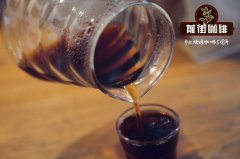
The best quality of washed coffee beans is Costa Rican coffee beans? Washing coffee beans steps
Professional coffee knowledge exchange More coffee bean information Please pay attention to coffee workshop (Weixin Official Accounts cafe_style) Costa Rica coffee beans are one of the coffee producing areas familiar to coffee drinkers. Located in the Isthmus of Central America, Costa Rica coffee beans are also regulated by Pacific Ocean, Atlantic Ocean currents and sea breezes on climate. The altitude is as high as 2000 meters. Coffee berries are
- Next
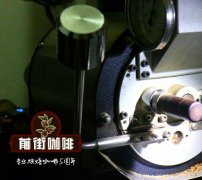
Does the origami filter cup work well? Using origami filter cup to cook Sidama Sakuran's hand-punching recommended parameters
Professional coffee knowledge exchange more coffee bean information please follow the coffee workshop (Wechat official account cafe_style) Origami means origami, the filter cup gets its name from its unique shape and cake cup wavy filter paper fully suited to the wavy origami shape. Different from the traditional fan-shaped filter cup, the origami filter cup is characterized by a beautiful cone, with a large elongated room at the bottom.
Related
- What is the meaning of lactic acid fermentation with coffee bean treatment?
- How to judge the state of foam by sound?
- How does the latte pull out the unicorn pattern? Come to get for a little trick to improve the flower pull!
- Will flower pulling affect the taste of the latte?
- Do you know the history of coffee?
- The difference between honey treatment and sun washing what is raisin honey treatment?
- What kind of milk can a novice use to make coffee foam to keep the foam longer? The correct method and skills of milking tutorial sharing
- Why do washed coffee beans taste sour? Flavor characteristics of washed Coffee
- Introduction to the skill of how to practice the size and height of water injection around the circle of hand-brewed coffee
- How do beginners practice coffee flower drawing from scratch?

